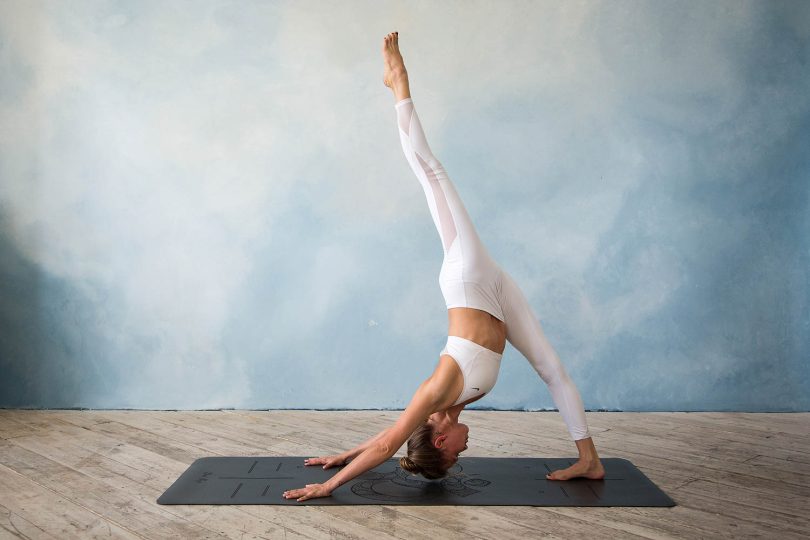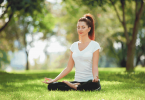If you need to loosen up your hips, yoga is one of the best methods. You will also find the perfect balance.
The body always asks for greater mobility, but many daily routines force us to move less. The joints thus reduce their physical performance, we become prone to injuries, and our quality of life decreases. Doing yoga poses for looser hips is preventative work.
Yoga is an excellent ally in strengthening the body, mind, and spirit through asanas or postures, breathing, and meditation. This discipline is one of the best methods to take care of your health in an integral way.
Strong hips can prevent falls and fractures throughout the lower extremity area. You can also reduce discomfort in the knees and back.
The main objective is that these flexibility and resistance exercises support you by cushioning the impacts. So read on to discover and practice the movements that highlight your body.
What muscles flex the hips when performing yoga postures?
It is important to know which hip muscles you are working on for flexibility with yoga. The muscles responsible for hip flexion are:
- Psoas: This is the innermost muscle and helps maintain stability in the spine .
- Rectus femoris of the quadriceps: it is a biarticular muscle, because it acts in 2 joints, facilitating the extension of the knee and the flexion of the hip.
- Sartorius: it extends between the hip and the knee, allowing both to flex. Plus, it allows you to place the heel of one foot in front of the knee of the opposite leg.
The best yoga poses for looser hips
Most yoga classes begin with a pre-exercise called a sun salutation, which involves a dynamic series of positions. You have to start standing and gradually descend to prepare the joints.
Breathing is essential to generate the body energy needed for the activity you will perform later. Once you’ve done your sun salutation, the following 6 yoga poses will help you get more flexible hips.
Heroes
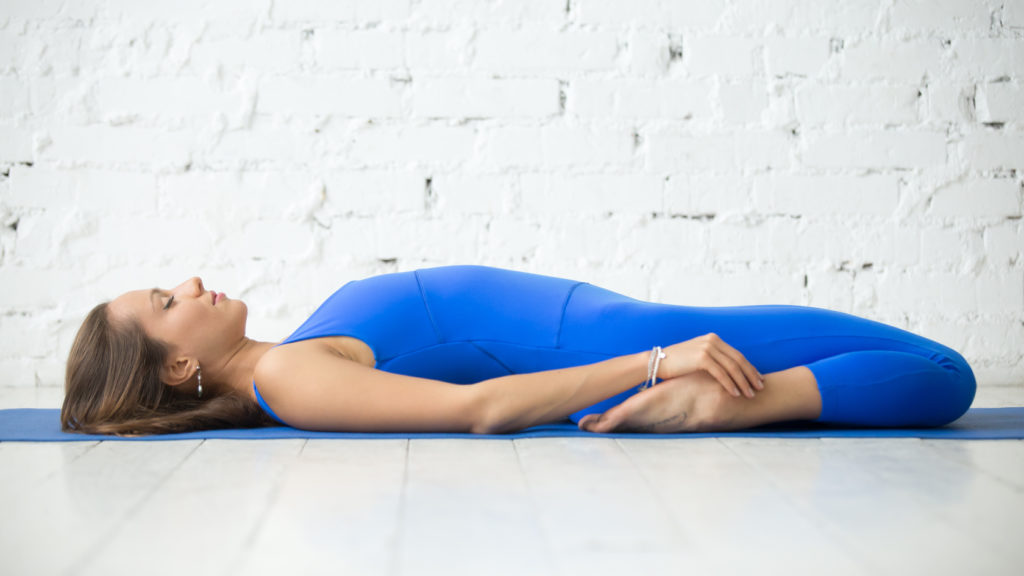
You start by kneeling with your feet apart. Let the top of your foot touch the mat you are training on.
You should sit on your buttocks and lean back. You can put your elbows on the ground. The goal is to stretch your back as much as possible.
Downward Facing Dog
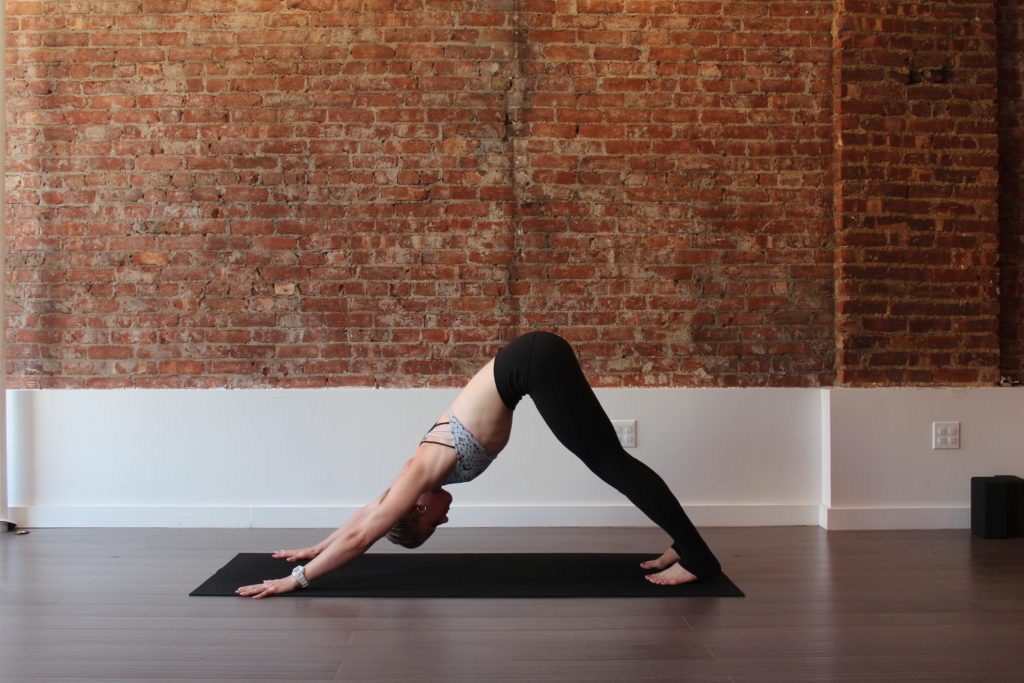
From a standing position, lean forward until your hands touch the floor. Then, you step back a few steps with your feet to simulate an inverted V with the outstretched position of your arms and legs.
At the maximum point, the hips will be with the back straight. It is widely used for simple hip stretches.
Frog

On the mat, you will try to kneel face down, arms outstretched towards the ground, and knees apart as much as possible. It will help if you spread your feet to line up with your knees. The goal is that you can then lower your body forward until your elbows are resting on the floor.
Runner
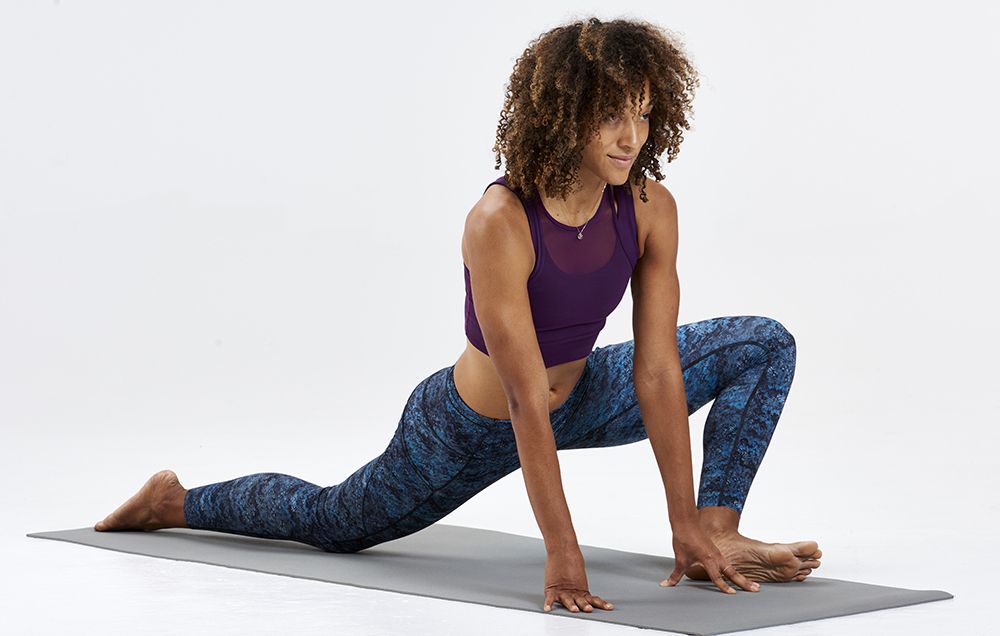
On the mat and standing, take a big step with one leg forward. The latter must be bent, while the leg left behind must be stretched parallel to the ground.
The pelvis is kept low and level with the hips, looking forward. You keep your arms supported on the ground at the same distance from the bent leg.
This posture imitates an athlete’s position waiting for the signal to run. You can repeat it by reversing the role of the legs.
The sun
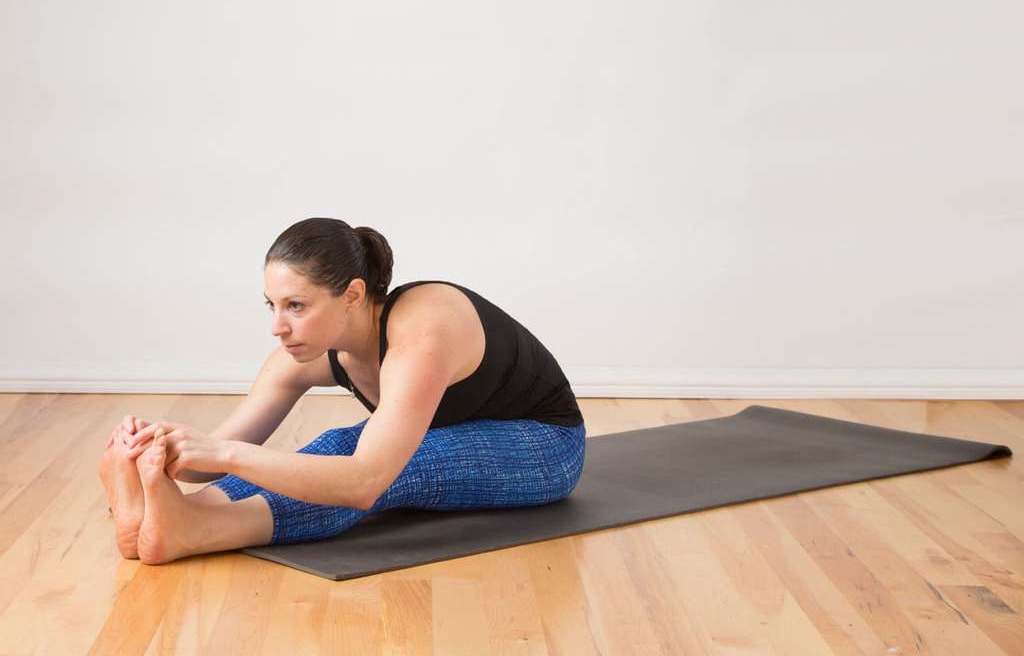
Start seated with your legs straight and your back straight. You will leave a stretched foot on which you will extend both arms until you hold it.
The other leg is bent so that the sole touches your buttocks. The arms can reach the end of your straight leg. It can mean a start, and you will surely get there as you progress.
You can also switch between stretched and bent legs to vary the routine.
Triangle
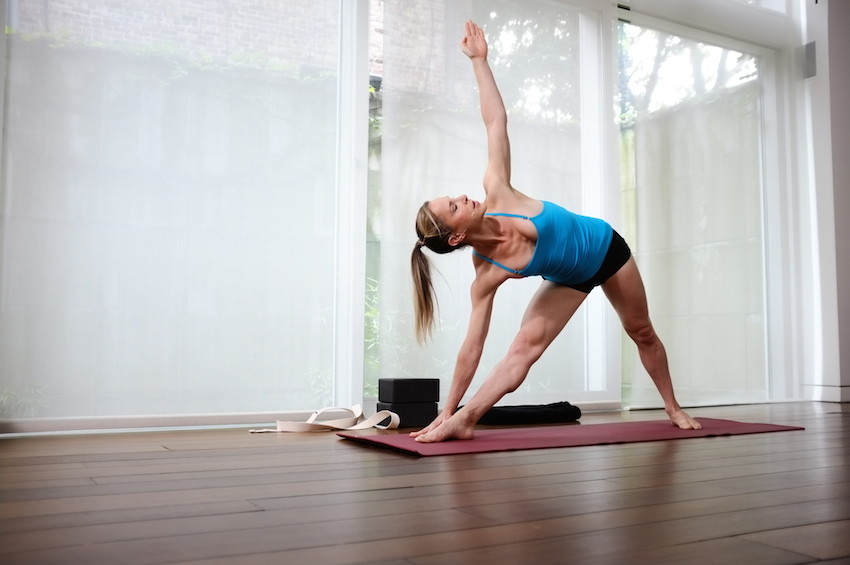
You begin to stand, stepping sideways with one of your legs so that they are spread apart. The foot of the leg you moved is facing inside the body, and the other is facing forward.
Then you open your arms crosswise and lean towards the leg you have moved away. You touch the foot or leg with your hand.
It all depends on your stretching ability. The head is directed to the sky, and you can train by changing the location of the legs.
Some recommendations for more flexible hips through yoga
Beyond respecting the essential position of each posture, you must choose your type. Some types focus more on the physical aspect, others on the spiritual element, and still others consist of a balance of the two.
Your preferences, free time, health, and physical condition can help you choose. The type can change as you evolve.
Try to move forward safely and gradually with each movement. Some may require more attention from you. Postures can be uncomfortable, but they don’t have to be painful.
Wear comfortable, light, and breathable clothing. This will help keep you from becoming dehydrated and delay the onset of fatigue.
Yoga can teach you different types of breathing that will become life support. Don’t demand more from your hips than necessary.

